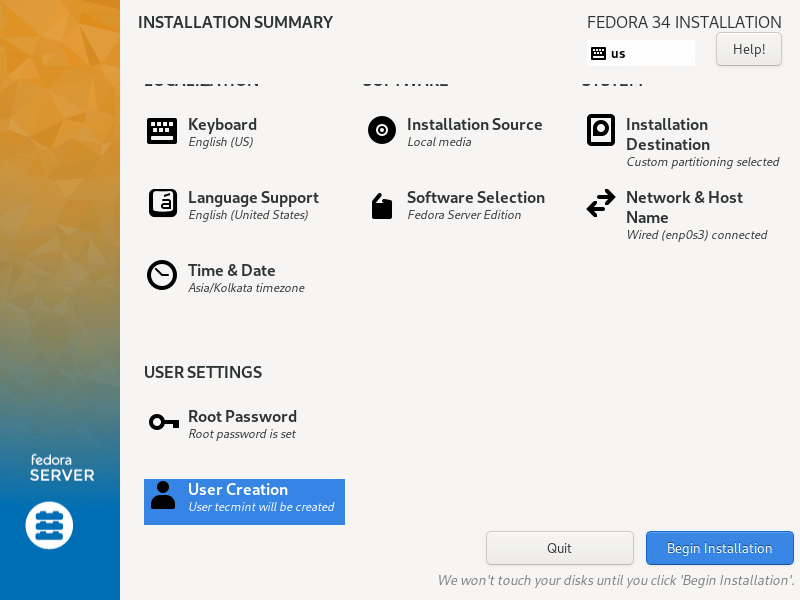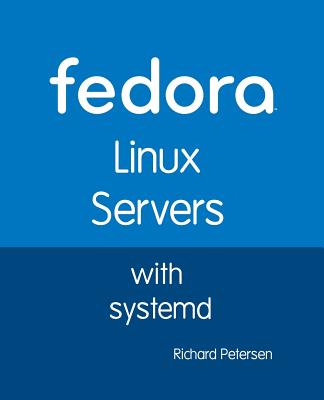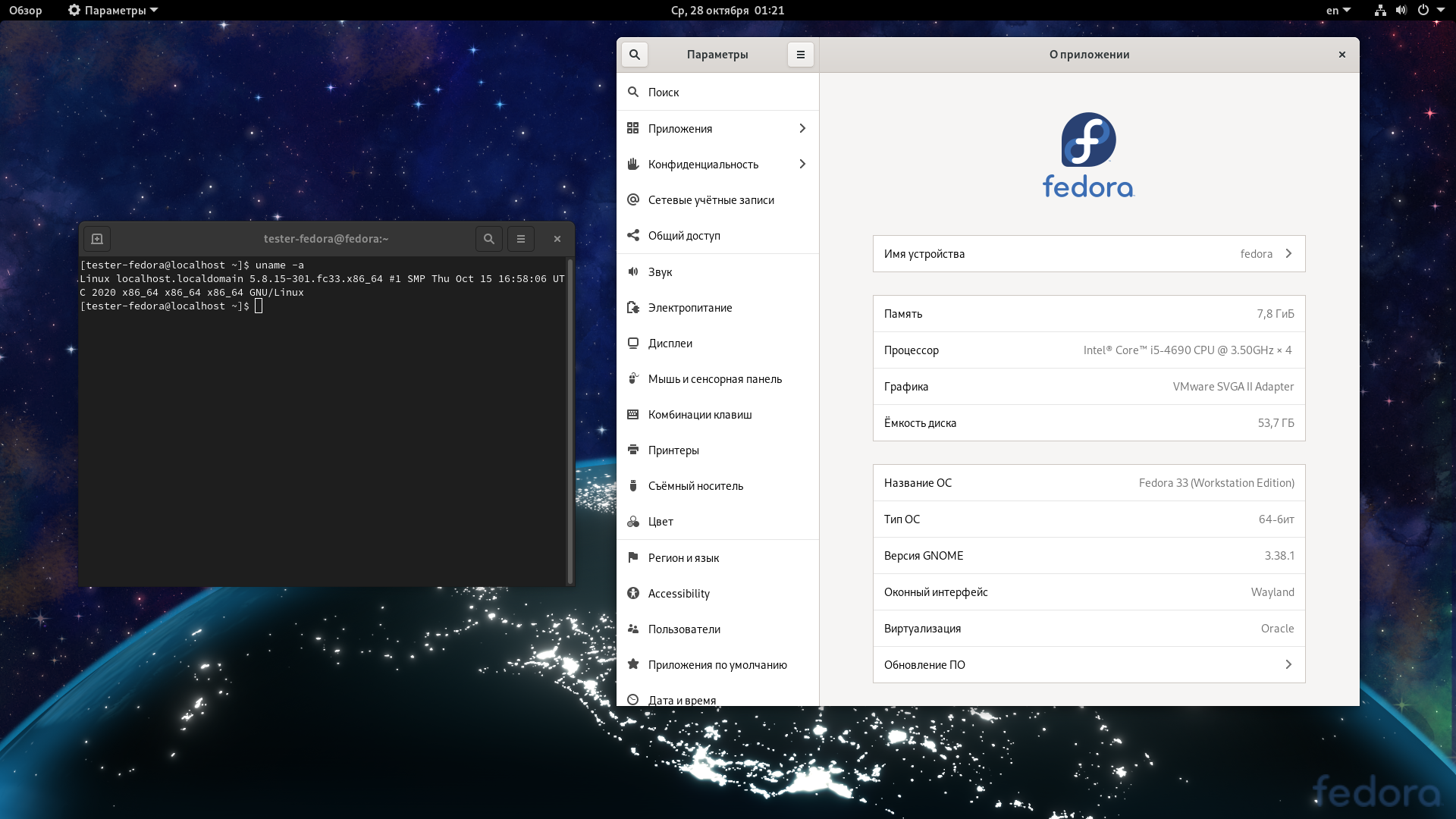

- #FEDORA SERVER VS WORKSTATION FOR FREE#
- #FEDORA SERVER VS WORKSTATION CODE#
- #FEDORA SERVER VS WORKSTATION SERIES#
- #FEDORA SERVER VS WORKSTATION DOWNLOAD#
This is because Fedora regularly updates the packages to their latest version to provide an up-to-date OS after every six months. Even though Fedora does not follow the rolling release model, it is the distribution known for offering bleeding-edge technology early on. When it comes to innovation and new technologies, Fedora takes a complete edge over the RHEL. Each major release of Red Hat goes through four lifecycle phases that range from 5 years of support to 10 years with Extended Life Phase using add-on subscriptions.
#FEDORA SERVER VS WORKSTATION SERIES#
Red Hat releases a new point version of a particular series every year and a major version after approximately 5 years. Release Cycleįor delivering the regular updates to all components of the OS, both RHEL and Fedora follow a standard fixed-point release model.įedora has a new version release approximately every six months (mostly in April and October) that comes with maintenance support for up to 13 months. In another way, Fedora Linux acts as a testing ground for Red Hat to first check and then incorporate features into the RHEL system.

#FEDORA SERVER VS WORKSTATION CODE#
Of course, Red Hat also test the pulled code before merging into its own codebase for RHEL. This means when a new version of Fedora releases with new features and changes, Red Hat makes use of Fedora source code to include the desired features in its next release. Upstream vs Downstreamįedora is upstream of RHEL and RHEL is downstream of Fedora. This comes with Red Hat customer support. You have to pay more than $100 to purchase other RHEL versions for servers, virtual datacenters, and desktops. If you want the entire RHEL developer suite, it costs $99 per year.

#FEDORA SERVER VS WORKSTATION FOR FREE#
You may get Red Hat for free by registering for its developer program. Red Hat Enterprise Linux is one such popular Linux-based operating system that comes at cost of money. There are still Linux distros for which you have to pay. Fedora Linux is also one such distro, whose desktop, server, all other editions, and spins are freely available to download.
#FEDORA SERVER VS WORKSTATION DOWNLOAD#
Well, you will find the majority of Linux distributions are available to download free of cost. Unlike Red Hat, Fedora is a community version of the Linux distribution that is available at free of cost for everyone including bug fixes and other services.Įven though Red Hat sponsors the Fedora Project, Fedora Linux is primarily maintained by an independent open source community. Even all software, bug fixes, and security support are available for only those who have an active Red Hat subscription.Īt the time when Red Hat Linux became RHEL, it also resulted in the foundation of the Fedora Project that takes care of the development of Fedora Linux. What it means is that you have to subscribe and pay to use Red Hat as it is not available as a free OS. Since then, Red Hat is an enterprise version of Linux distribution. Later in 2003, Red Hat turned Red Hat Linux into a Red Hat Enterprise Linux (RHEL) focussed completely on enterprise customers. It was also called Red Hat Commercial Linux. Community Version vs Enterprise Versionīack in 1995, Red Hat Linux had its first non-beta release, which was sold as a boxed product. Let’s talk about the difference between the two distributions first. This will help you if you want to choose between the two or simply want to understand the concept of having two distributions from the same organization. In this article, I will discuss the similarities and difference between Red Hat and Fedora.

This is why it is easier to get confused between the two similar distributions. Both Linux distributions have a greater impact on the operating system world. Both Linux distributions belong to the same organization, both use RPM package manager and both provide desktop and server editions.


 0 kommentar(er)
0 kommentar(er)
